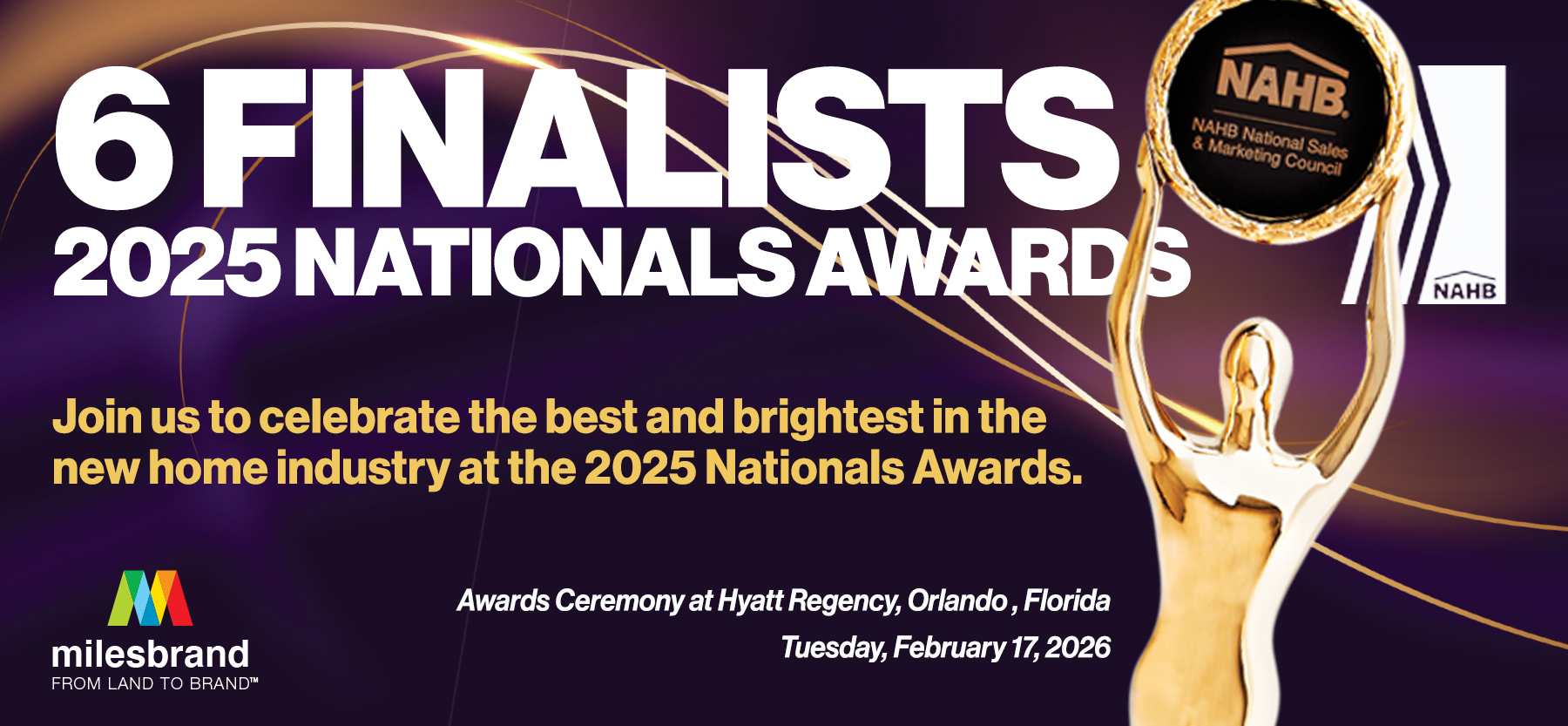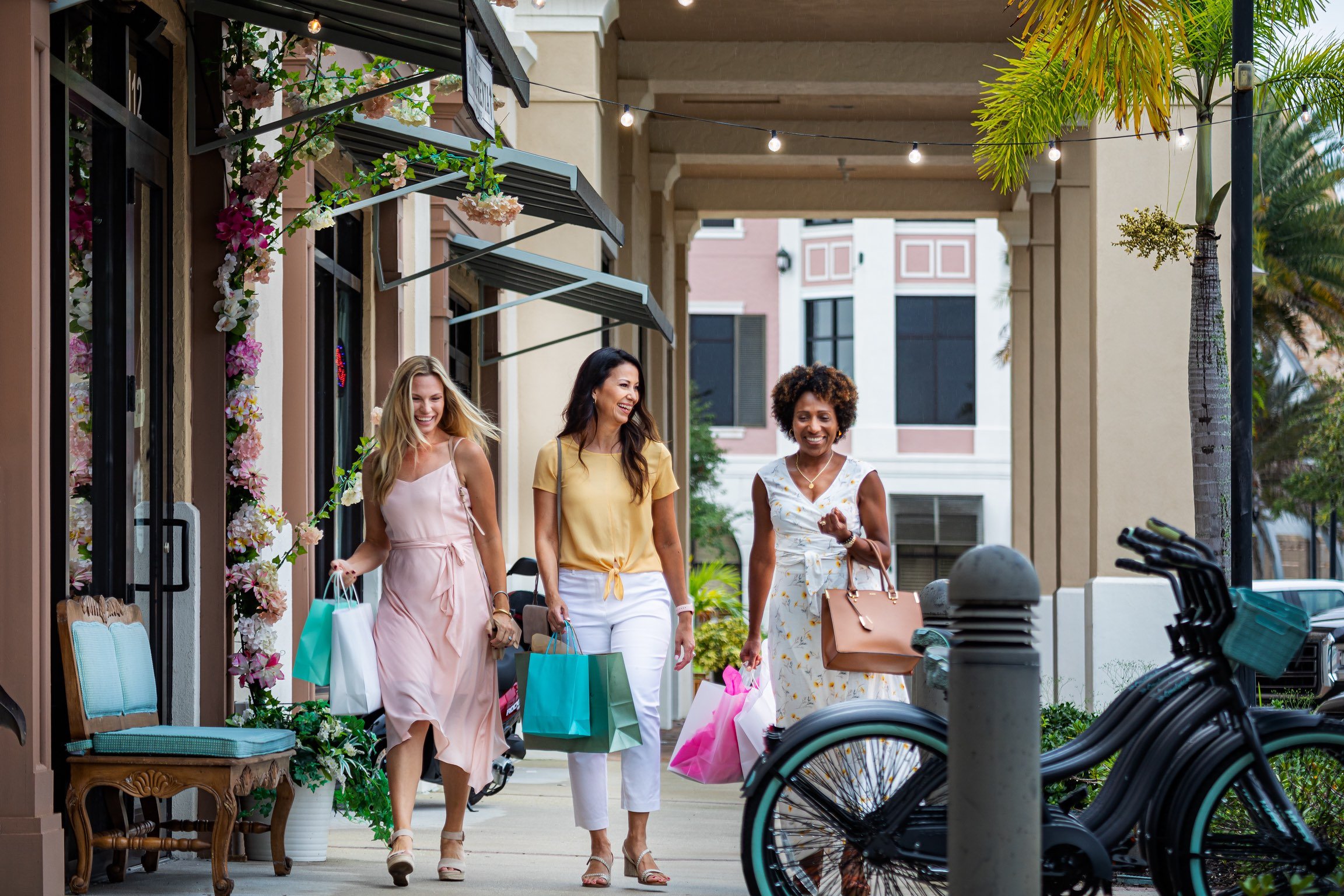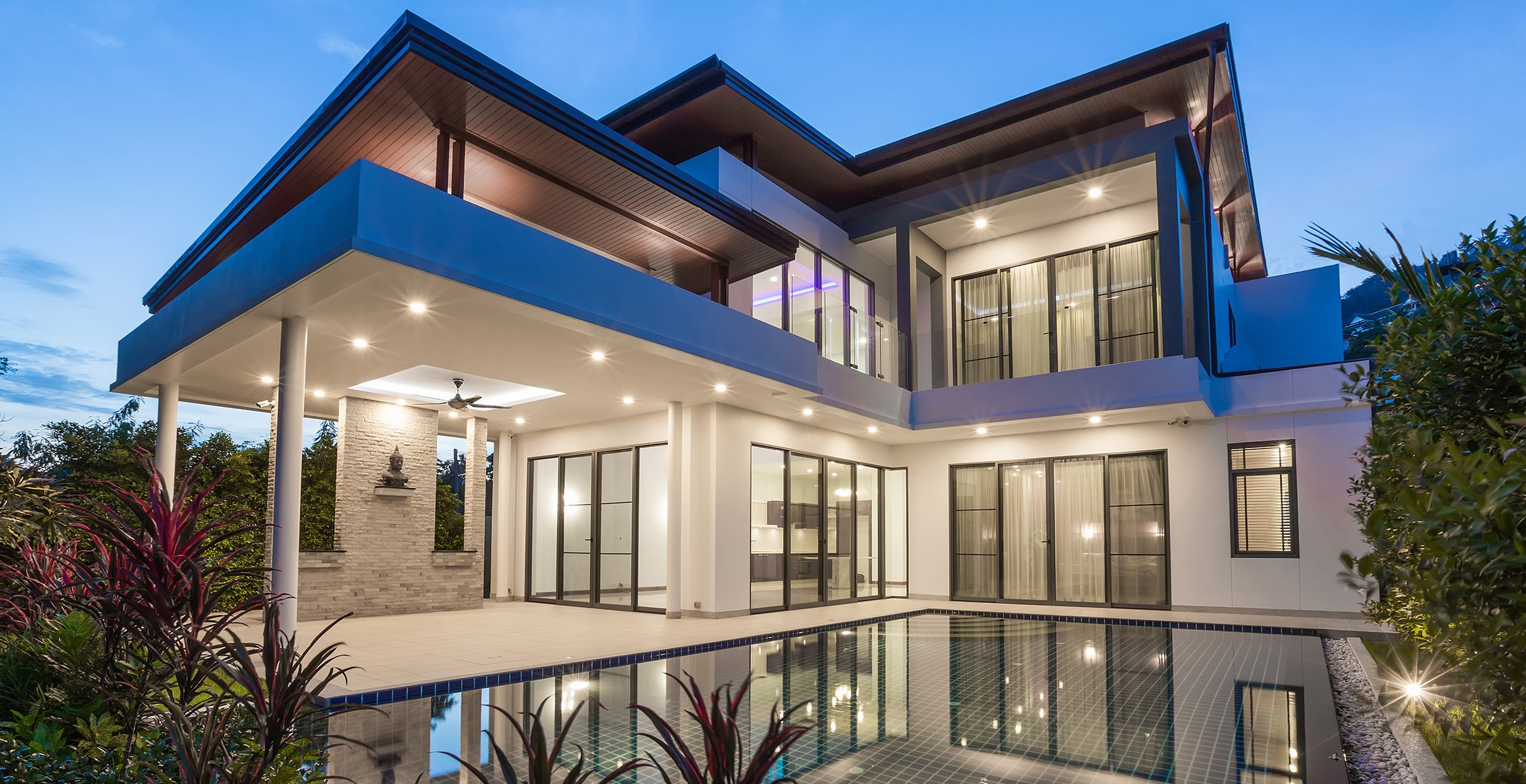July 06, 2023
Bring Your Master-Planned Community To Life With Creative Placemaking
When marketing a master-planned community, the "place" is a highly instrumental component of shaping homeowner lifestyles. All business professionals are familiar with the "Four Ps" of marketing: product, place, price and promotion. Land planners know that the property selected for a new master-planned community can have huge implications for each area. Successful master-planned communities become more than just a location where people live but extraordinary destinations with unique lifestyle opportunities. This transformation is known as creative placemaking.
In many ways, creative placemaking design offers incredible lifestyle benefits for homeowners. When home builders and developers effectively make the most of their space, they can deliver several compelling advantages. Communities that rally around shared common spaces see reduced crime rates and higher property values. Recreation areas help residents maintain a healthy lifestyle, translating to up to $1,500 in saved healthcare expenses per year. There are dozens of hidden benefits to creative placemaking that can become selling points and give your community an advantageous edge in a highly competitive market.
Still, crafting the perfect community — while staying within the realm of financial possibility and the good graces of local ordinances — is easier said than done. Milesbrand can assist throughout your planning process, helping you bring out the best in your community without exceeding your budget.
What Is Placemaking?
Placemaking is the strategic approach to the planning, design, and development of public spaces into master-planned communities. Strong placemaking practices augment a property’s potential, promote community-wide interaction and improve residents’ overall happiness and well-being.
When you invite buyers to move into your master-planned community, you're not just asking them to invest in your real estate. Purchasing a new home requires homebuyers to trust your company with their family’s future. Homes are expensive, long-term purchases that homeowners expect to last for many years. With this future-oriented perspective in mind, builders and developers must strategically envision what their community will ultimately become at the start of every project to create a thoughtful, deliberate design that meets homeowner expectations for their future. Rather than seeing a dirt lot, land planners must keenly discover the space’s underlying potential to form an unforgettable community.
This initiative starts with the land planner. Each plot of land is unique and has something to offer within a community. Instead of solely focusing on the community’s home designs, placemaking principles entail intentional concentration on the use of the land, community and amenities to create great places to live. Sometimes, the surrounding environment includes elements that could influence the entire branding of a master-planned community project. To make the most of a space and ensure no funds are wasted, it's crucial to remember the words of famed architect Frank Lloyd Wright: "Study nature, love nature, stay close to nature. It will never fail you."
Effective placemaking examines elements and identifies how its residents, environment and economy can best work together to create a thriving master-planned community where buyers want to live. By establishing a clear vision early on, finished projects can better fulfill the promise of community, longevity and an enticing lifestyle opportunity.
Why Does Creative Placemaking Matter for Community Development?
Not just a place to live — a place to enjoy life
Homes in master-planned developments are frequently merchandised with inviting furniture and accessories to create a sense of home. We all know the value of helping home buyers imagine themselves living within one of these homes; the same idea applies to the surrounding community.
Not every community needs a climbing wall, splash pad or community lake. Some home builders and real estate developers believe they must pull out all the stops to entice buyers, but this is far from the case. Though it would be nice to deliver Disneyland to consumers, staying realistic is friendlier for budgets. Fortunately, simple installations with cost-friendlier options can have a very similar effect. These smaller yet impactful installations could include bike paths, park benches and Little Free Libraries. Several master-planned communities include bike tune-up stations in the amenity packages. Small inclusions like these may seem unimportant, but they add to the master-planned community’s lifestyle offer by making it a nice place to live. Although untouched wildlife can be beautiful, illustrating residents' place within it is even more impactful.
Thoughtful interior merchandising within a property can shift home buyers’ perspectives. Suddenly, they're not just looking at a house, but a home. In the same way, land plots that establish areas for congregation, discussion and community-building show home buyers that your master-planned community is not simply a place to live — it's a destination where they can comfortably spend a lifetime.
Building communities through building homes
We all know the adage that "home is where the heart is." As community developers, it's essential to be aware that no matter how perfect your homes are, people want more than just a place to live – they want to experience connections. A large part of the home buyer experience is significantly improved or hindered by the relationships that homeowners form in their community.
For builders and developers creating master-planned communities, this can be intimidating Homeowner relationships with other community residents seem outside your control – or are they? While it's true that you can't equip every home with a built-in neighborhood best friend, you can foster healthy, happy relationships through the common areas you provide.
Choosing installations that inspire residents to explore their community also creates more opportunities to connect with other homeowners engaging in the same activities. Paved pathways encourage residents to get outside, engage in recreation and follow the trails to explore new areas of the neighborhood. Improving access to natural elements like water features or wooded areas can transform the community’s surrounding wilderness into a safe and fun nature adventure. Even the simplest of playsets will appeal to children, building formative young friendships and connecting neighborhood parents.
Cultivates inclusivity
Placemaking is about more than creating a community with a beautiful landscape. Successfully planning a creative placemaking project means building a community that is accessible and appealing to people from all walks of life. Placemaking fosters inclusivity by considering how the community is thoughtfully constructed with places and amenities that benefit and appease all residents.
Successful placemaking accounts for different homeowners' varying interests and concerns to make the community more livable and enjoyable. The result is a community oriented to resolve homeowner challenges, meet their needs and help them achieve their lifestyle goals. Including spaces that are accessible to all residents, such as walking trails, recreation centers, clubhouses and more, ensures everyone can enjoy lifestyle-enhancing facilities that only further the community’s desirability.
Enhance homeowner happiness and well-being
Placemaking also plays a significant role in boosting the health, happiness and well-being of master-planned community residents. Well-planned master-planned communities offer residents opportunities to enjoy abundant outdoor activities, form strong social ties and create healthier lifestyles filled with more physical activity.
When we worked with Crystal Valley, we learned that spending time in nature has proven long-term effects on our well-being. Those effects include fighting depression, improving our physical and mental health, making us happier and even kinder. The more time you spend in nature, the happier and healthier you become – in fact, spending just 5 minutes a day outdoors improves your sense of well-being.
Parks, bike paths, hiking trails and more encourage residents to stay active and spend more time outdoors, while clubhouses and recreation centers cultivate a sense of community and offer a place to build fulfilling social connections.
Bring out the best in an environment
natural features of your land are highly valuable to the development of your community. Although some builders and developers may instinctively hide or disguise geographical elements, these features can help inform your vision and further enhance the area’s value. Getting creative with available resources often allows you to uncover unique hidden gems and make the most of the community's land. For example, a master-planned community in Seattle within sight of Mt. Rainier didn’t consider mountain views in the original plan. The land planner recognized the tremendous value of such an iconic view and recommended adding fill dirt to the land entering the community. Elevating it, it offered a much better perspective. This higher ground became the perfect spot for the community recreation center. The center had a sweeping vantage point of the entire community and a captivating view of Mt. Rainier in the distance. Not only did the planner create an unbeatable focal point, but they also created an additional opportunity for community engagement within the recreation center. This example highlights a fundamental rule for effective placemaking – don’t miss opportunities to leverage distinct existing landmarks on the property; it could be a successful marketing tool perfect for enriching your community.
What Placemaking Means for Your Master-Planned Community Marketing
Judges evaluate chefs based on their presentation, and they will reject even the most appetizing dish if the chef serves it on a dirty plate. Matching the quality of your land to the value and comfort of your homes gives consumers a holistic view of what life would be like in your community. It adds value, differentiates you from competitors and provides noticeable benefits to your residents and the environment.
At Milesbrand, we call that a win-win-win — wouldn't you?
Bring out the Best in Your Community with Creative Placemaking
For years our company has helped developers take their master-planned communities From Land to Brand through creative placemaking. With effective marketing and branding support, you can successfully showcase your master-planned community's appealing potential to your target market.
Milesbrand is happy to partner with your team every step of the way, from location scouting to pre-build marketing to move-in day! Contact us today to bring strong master-planned marketing to your community.













